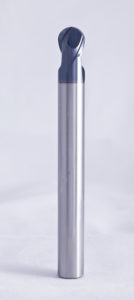Blog
The In’s & Out’s of Ball Nose End Mills
Ball nose end mills, also known as full radius end mills or ball mills, are cutting tools where the nose radius is equal to half of the diameter of the tool. This creates a constant single radius (or ball) at the tool end with no straight edge (sharp corners) in the profile. They are used for a host of milling operations from contouring and profiling to slotting and corner picking. Their primary application is in 3D semi-finishing and finishing operations for industries like Mold & Die, where the very nature of their shape can be used to more efficiently machine part contours. In this article, we are going to provide a general overview of how we manufacture this type of cutting tool and just how versatile it can be.
Applications: Machining on the Curve
By incorporating various design elements, ball nose end mills can be tailored to a wide range of applications. They can be used as roughing tools, where a design incorporating a large core, neutral cutting angles and slow helix, coupled with the full radius and used with HSM machining techniques, can yield extremely long life in the hardest of materials. Sharper designs with greater chip pocket space and unequal helix designs can be combined with more conventional tool paths to rough softer steels with a high degree of efficiency and predictability. As with any tool, it generally depends on the individual part and the programmer’s preference. But make no mistake, the ball nose end mill is a powerful ally in the art of machining the part.
The Basic Manufacturing Process
The method of production, same as any solid carbide end mill, is with a diamond-impregnated grinding wheel installed on a specialized CNC grinding machine. Comparable to most end mills, ball nose end mills will require more than one grinding wheel to complete the tool. Therefore, multiple wheels will be mounted together in what’s commonly referred to as a wheel pack. With stock products, these packs are standardized based on the tool’s design and size. Different wheel grits, diameters and profile shapes will be used based on design criteria by our manufacturing engineers. For custom tools, fewer wheel packs are used in place of more single wheel sets to reduce change over time that often occurs during shorter custom production runs.

The core challenge to grinding a perfect ball is maintaining a precise radius from the tip of the nose back to the shank of the tool. To achieve this, a relief must be ground into the end of the tool, that leads out to an intersection of the outside diameter so that when it gets to the tangent point, creates a perfect radius. Of course, the accuracy and movement of the machine is critical to ensure proper control, with accurate probing to guarantee wheel profiles do not wear to the point we cannot hold a 5-micron tolerance over 180 degrees. Other grinding nuances are added based on design, like finer grit wheels for polishing of flutes in end mills for aluminum, and smaller grinding wheels with finer profiles to create 8,10 and even 12-flute ball nose end mills, where clearance from one flute to the next gets incredibly tight.
The Formula
The recipe for the substrate used for ball nose end mills also varies with the application, but the standard formula is tungsten carbide with 10% cobalt mix. Carbide is actually a metal matrix composite in which cobalt particles are embedded in a tungsten carbide matrix. The cobalt acts as a binder, adding strength to the mix and making it more shatter resistant. The grain size of the tungsten and cobalt particles has a significant impact on performance and wear resistance of the material. Generally, the smaller the better. For most applications, a 10% grade of micro-grain carbide (under 1 micron in grain size) is sufficient.
However, many of our customers often demand more based on the application at hand. We are happy to bring finer grades with greater hardness for hard milling applications or high cobalt grades with more transverse rupture strength (TRS) for aluminum roughing tools that typically encounter more radial load.
For a complete run down of the ball nose end mills we carry, please visit our website.
Inspection for Perfection
Small variations in the machine tool can cause the radius to be slightly off, so we inspect every unit before we ship it. We use a camera-based visual inspection system after the tool has been ground to avoid damaging the surface with a touch probe. This is especially critical for micro ball end mills, where the smallest blemish or nonconformity could affect the function of the tool.
If you’re going around and around trying to find the right milling tool for your application, the ball nose end mill may be the answer. Please contact us to learn more.
